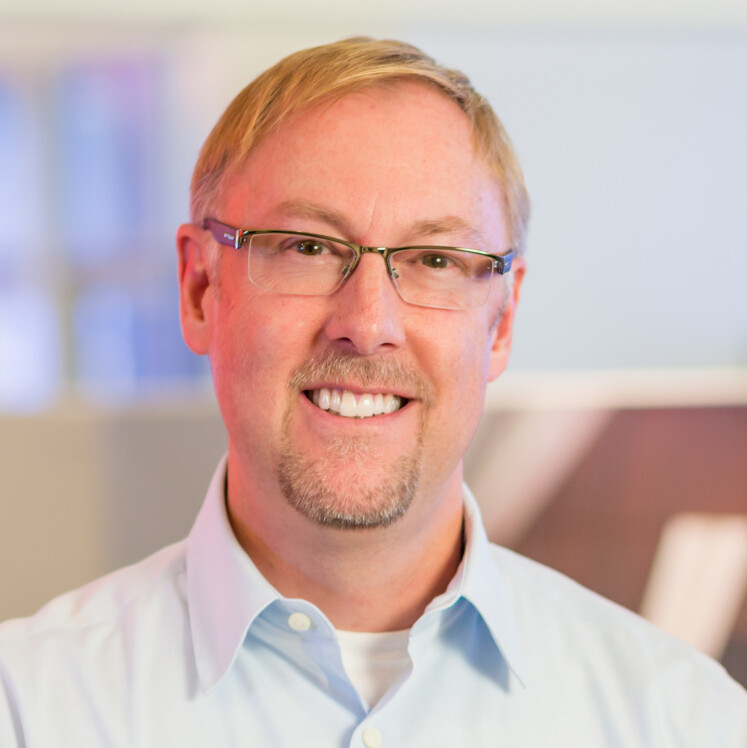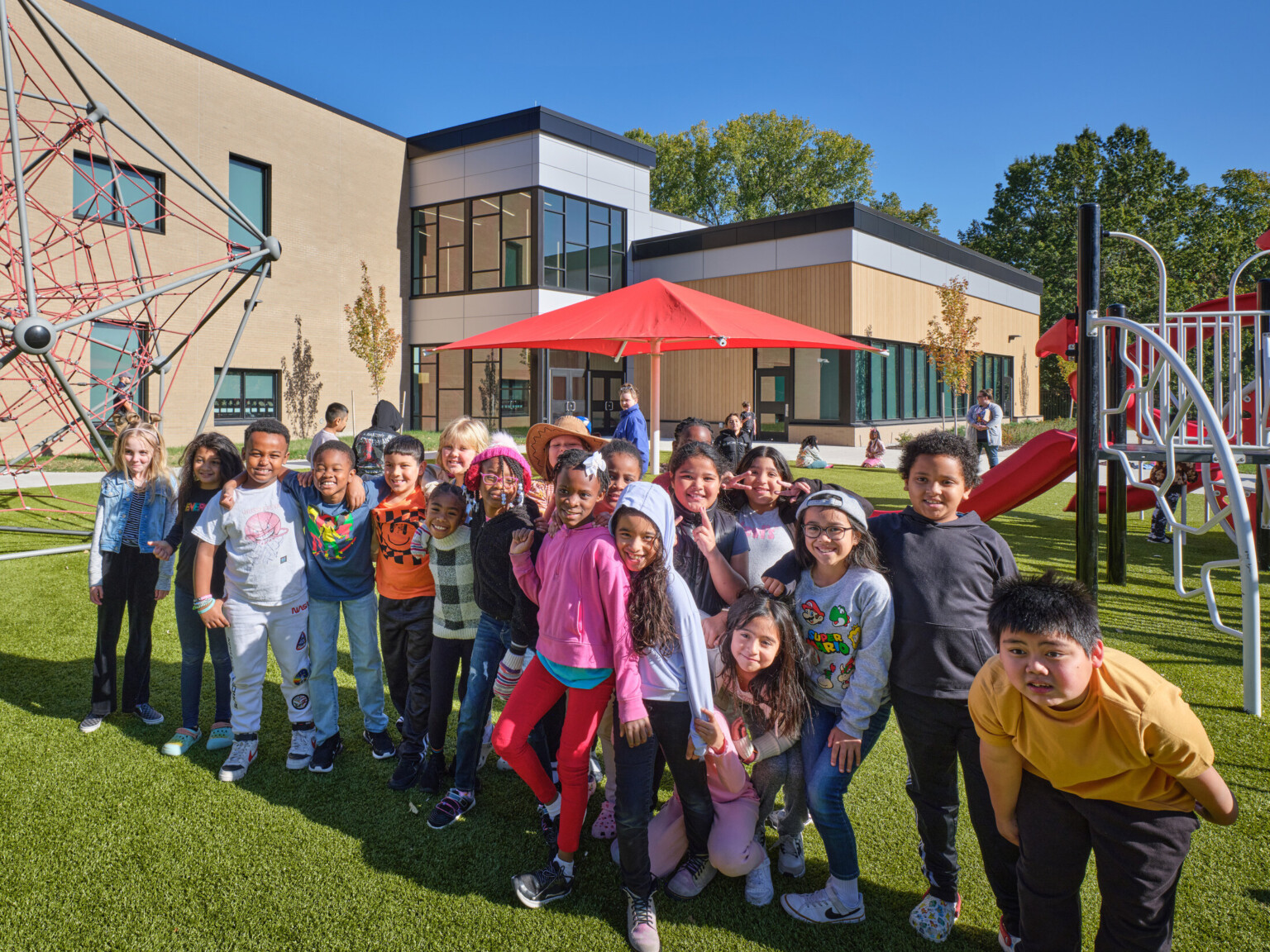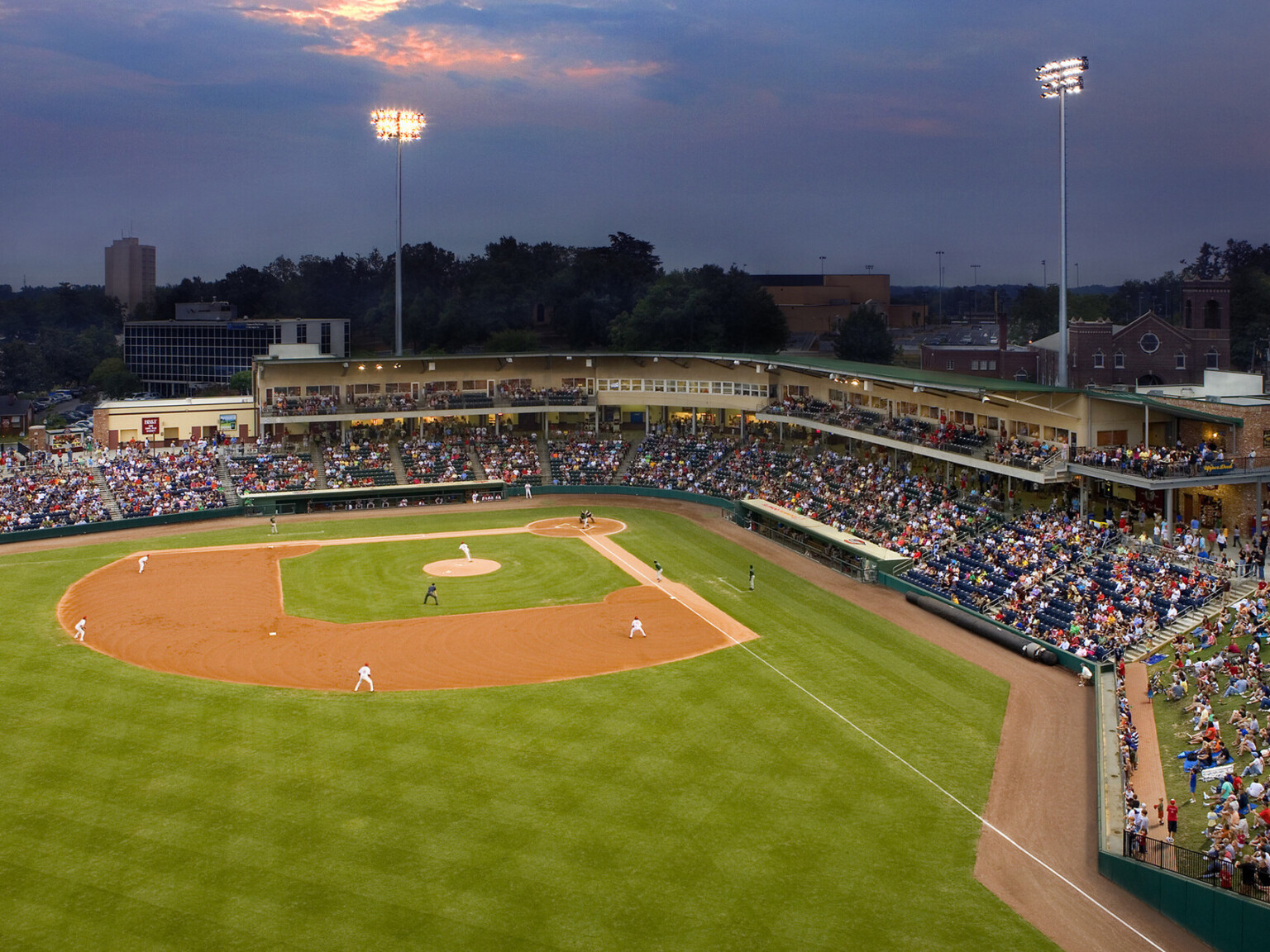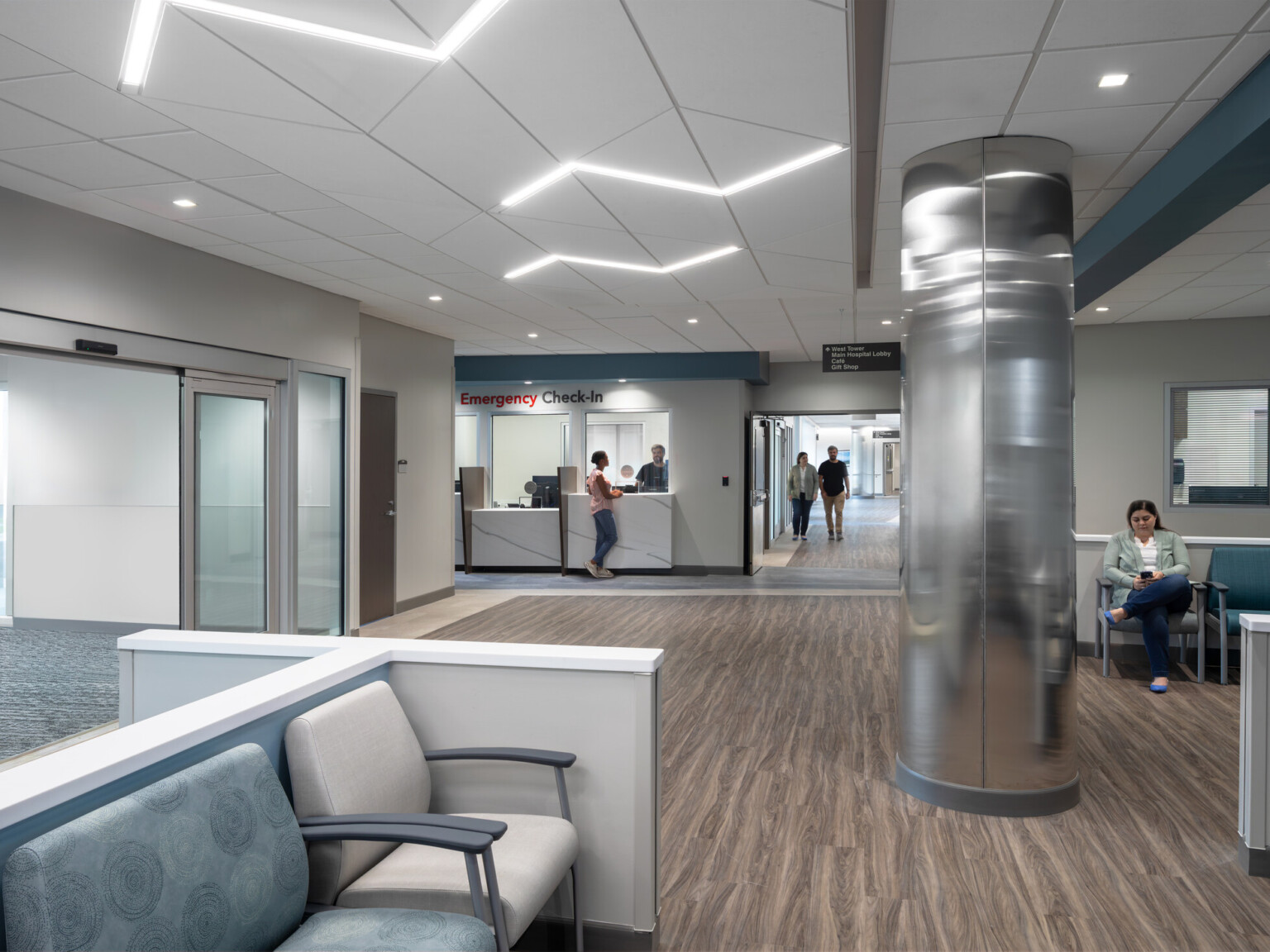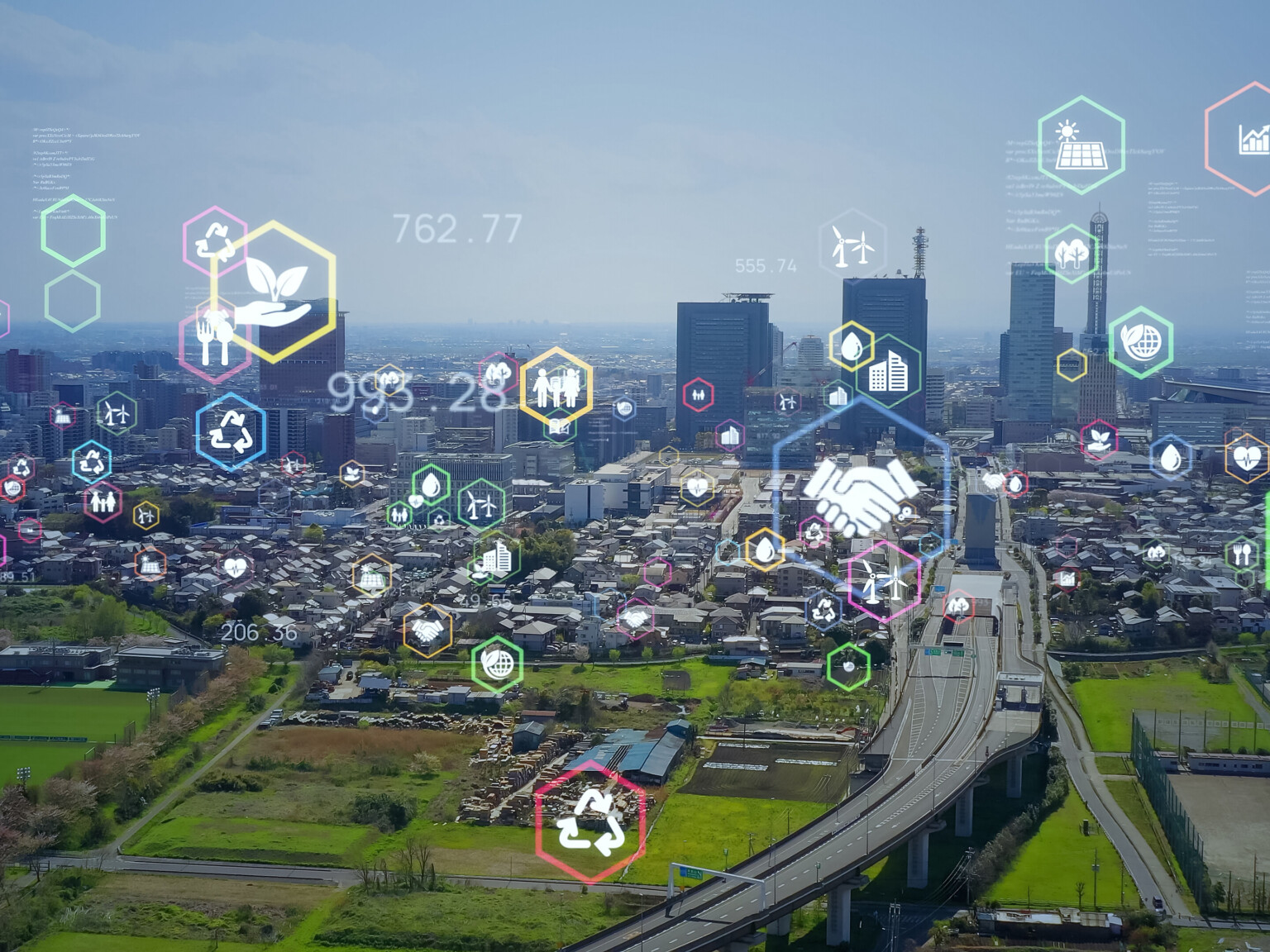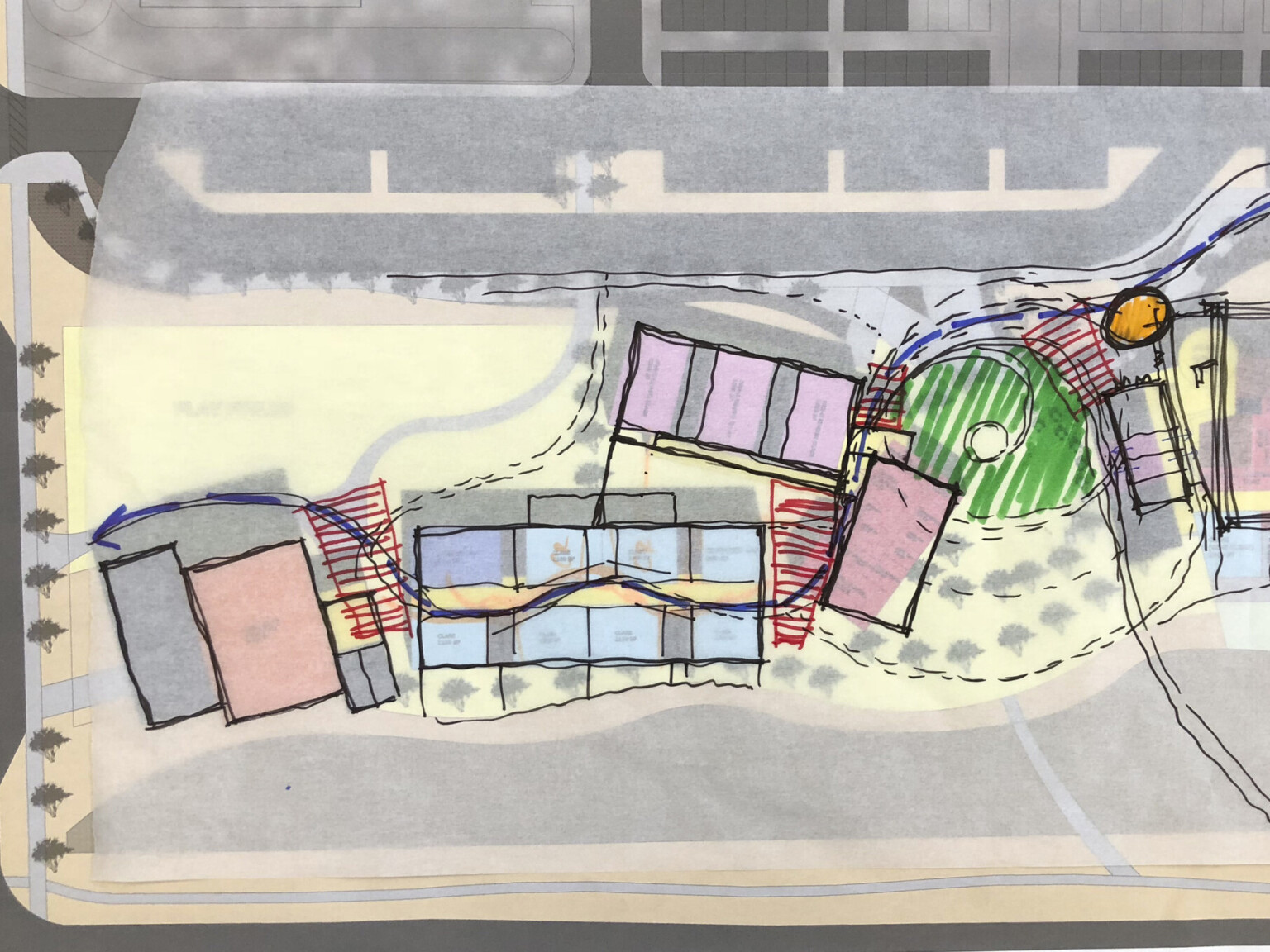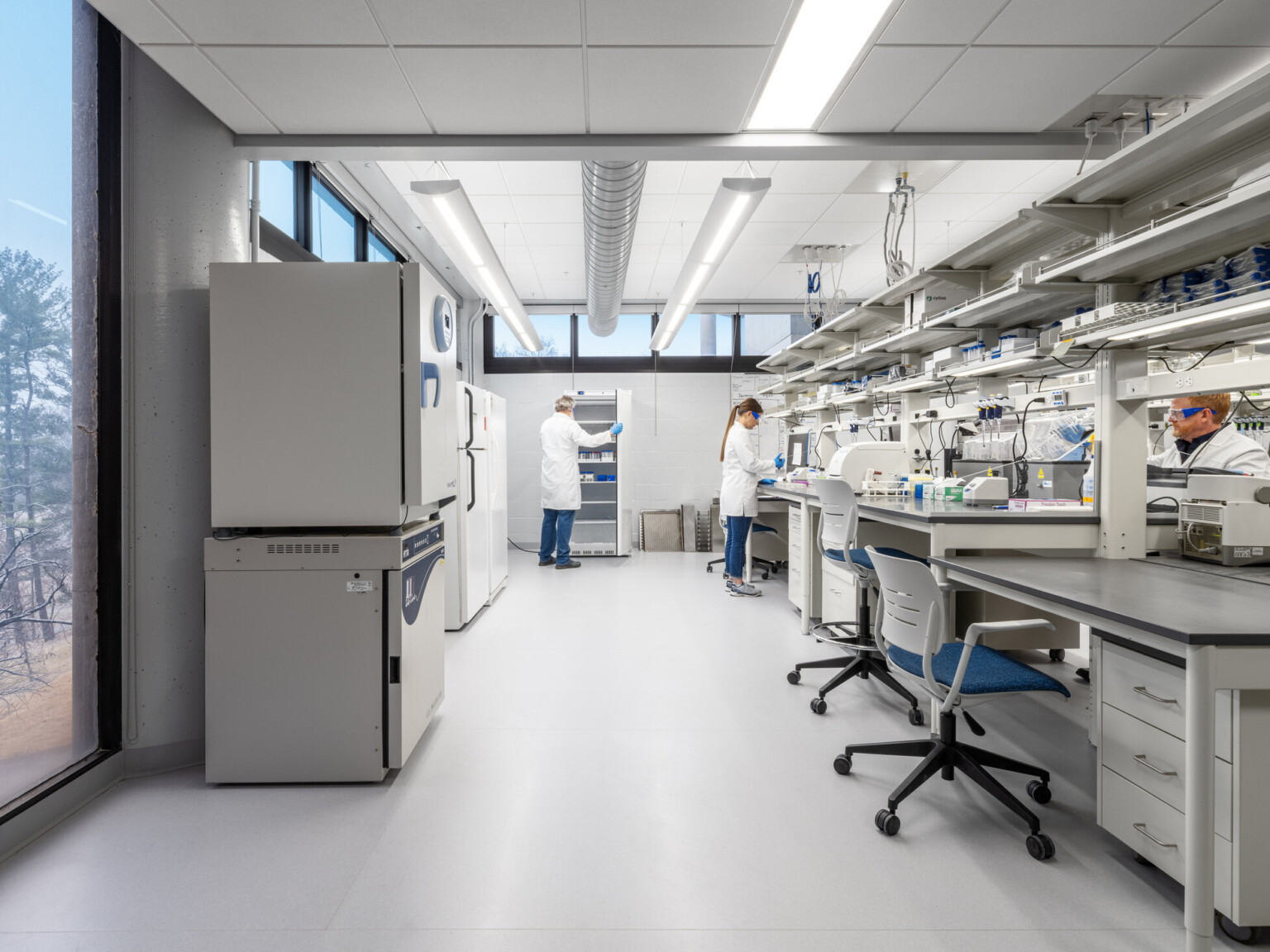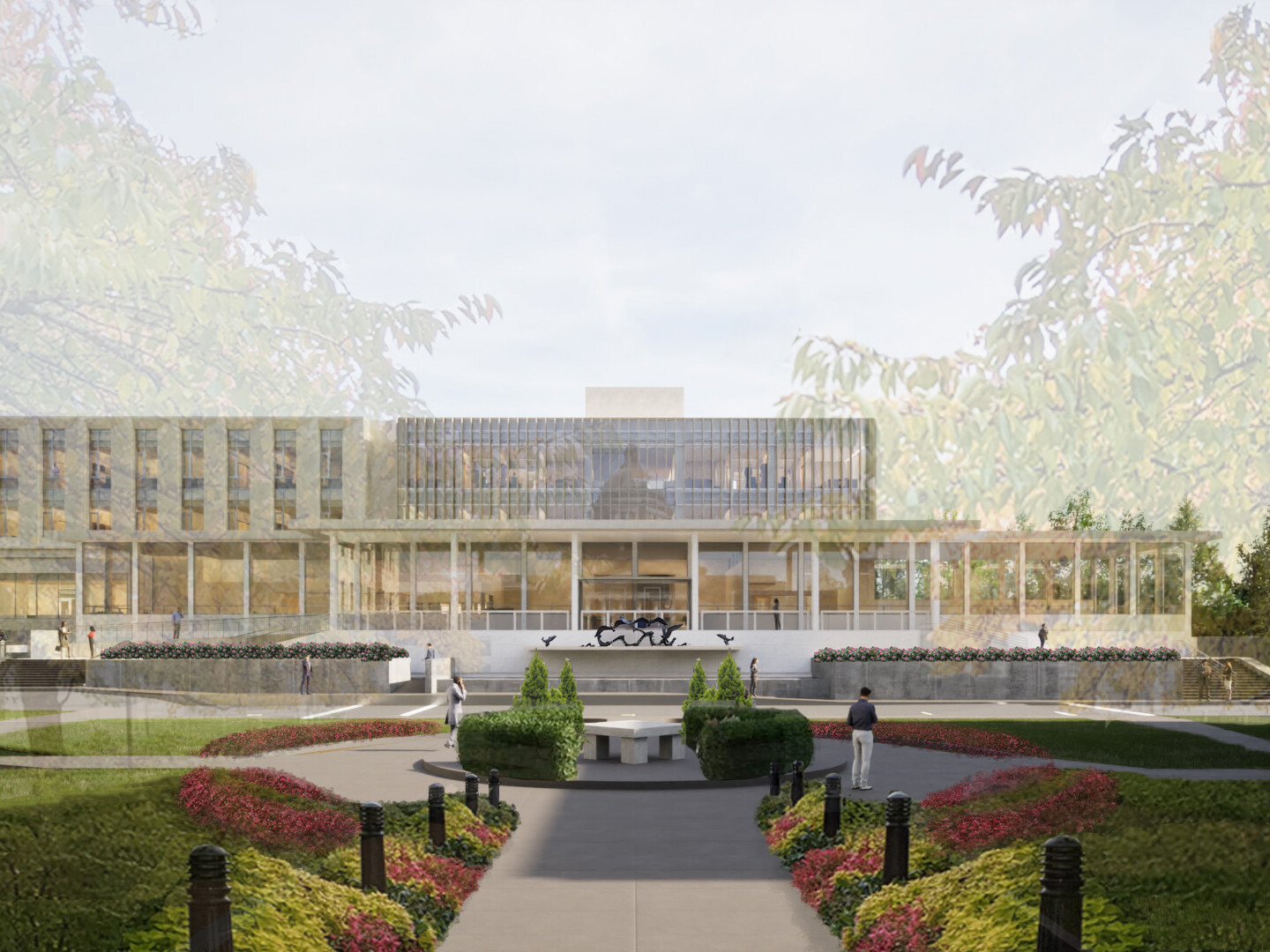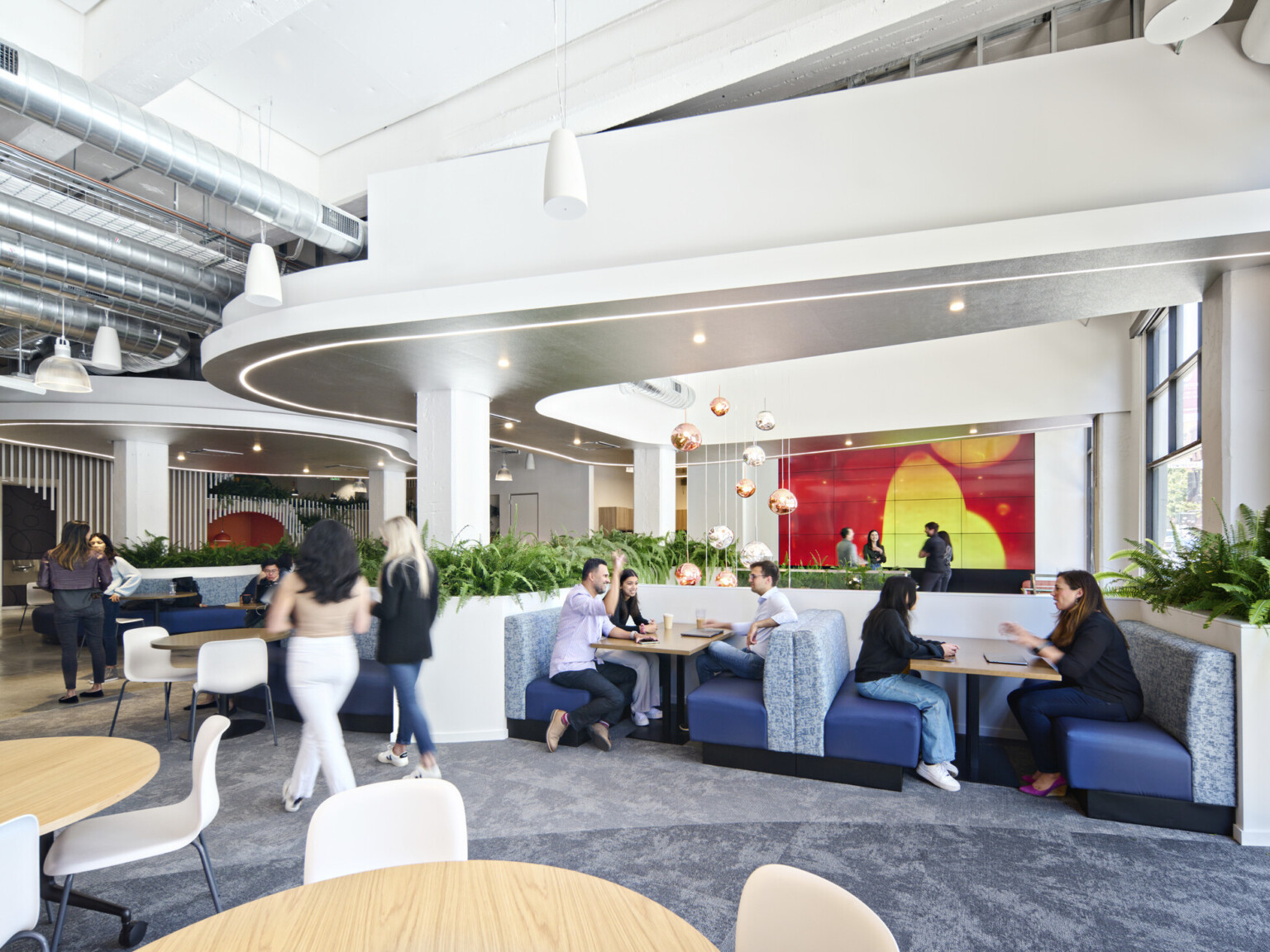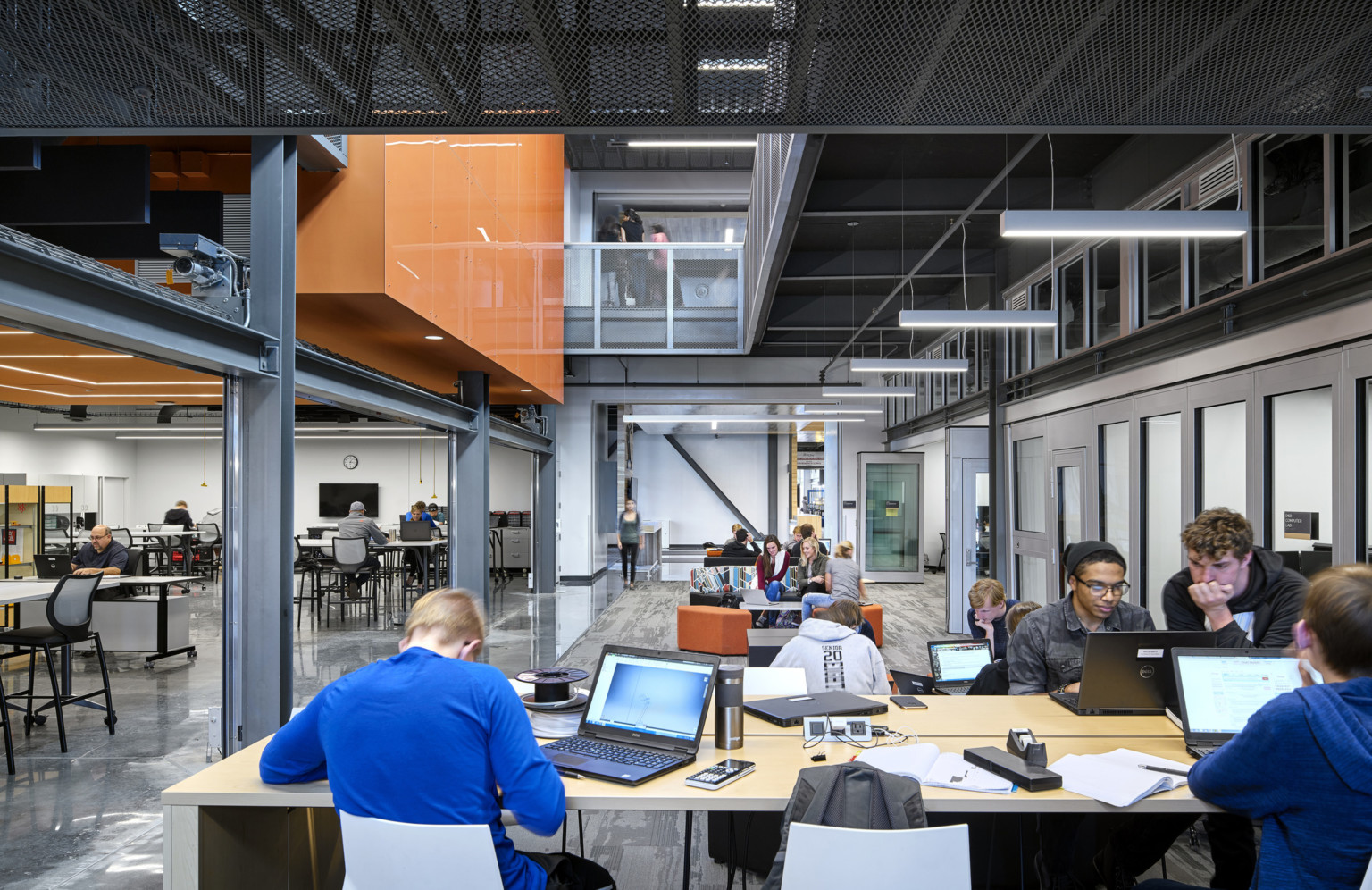
Most Likely to Succeed’s Executive Producer Talks Education Design
I had the pleasure of meeting with Ted Dintersmith, executive producer of Most Likely to Succeed – a thought-provoking documentary feature film that reveals the growing shortcomings of conventional education methods in today’s world, and explores compelling new approaches that aim to revolutionize education as we know it. The foundation of MLTS is a stimulus for healthy debate. Community screenings across the country draw communities together, spark dialogue, and encourage the public to embrace educational changes and achievements of local students. Ted and I discussed his documentary, and what’s next in the world of education.
Here is my interview with Ted:
In your words, what is Most Likely to Succeed, what service does it provide, and who is the target audience?
MLTS is a feature-length documentary on the topic of school: what it is, why it’s the way it is, and what it could be. Its target audience is broad – essentially anyone who cares about the future of our children and our civil society.
What can viewers expect when they watch your film?
Viewers won’t be bored, which is often the case with many documentaries. We follow the ups and downs of two students in a learning environment that bears no resemblance to the traditional school. By the end of the film, viewers know these kids and are emotionally connected to their journey. At the same time, the film puts this arc in a broader context. Why are most schools still tied to an obsolete model, and what impact will this have on the futures of our students?
What was your “a-ha” moment when filming the documentary that this story could transform schools around the world?
Well, it remains to be seen how much progress we make in transforming schools around the world. We’re trying. When I approached Greg Whiteley, the acclaimed director who created the film, about working together on this he emphasized the importance of capturing a story that would engage and affect the audience, and to trust him to come up with it. As the two-year filming process unfolded, we went from thinking we might never find something compelling, to thinking we might have a great story, to thinking our great story just fell apart, to our final, inspiring start-to-finish tale. The film reflects the ups and downs of the filming process, and the audience is along for the ride!
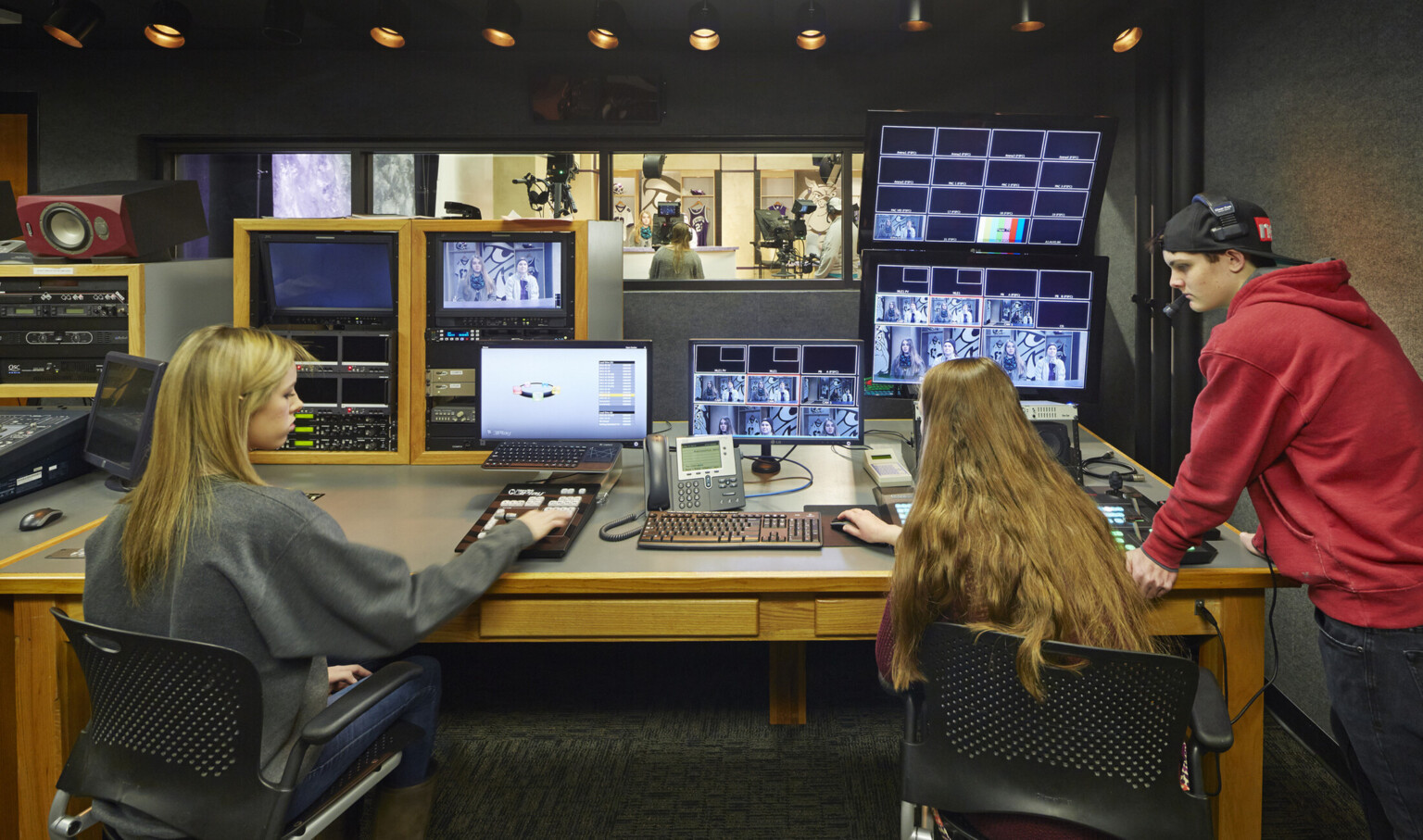
During the 2015-16 school year you traveled to all 50 states and toured hundreds of school buildings. Based on your tours, how do you believe spatial design contributes to learning? What more can be done in school design to improve the learning experience?
Ironically, we spent a lot of time in schools that interfere with learning, partitioning buildings into rooms sandwiched around winding hallways. Many schools I saw that deliver great learning experiences have no walls. Some don’t even have a building. They parallel the layout of offices of the most innovative companies I have visited and incorporate open space, lots of opportunity for collaboration, and ways for all participants to engage with each other in planned and spontaneous ways. If a key to great learning is collaboration and overcoming challenges that cut across subject disciplines, that knowledge has profound ramifications for the way we design learning spaces.
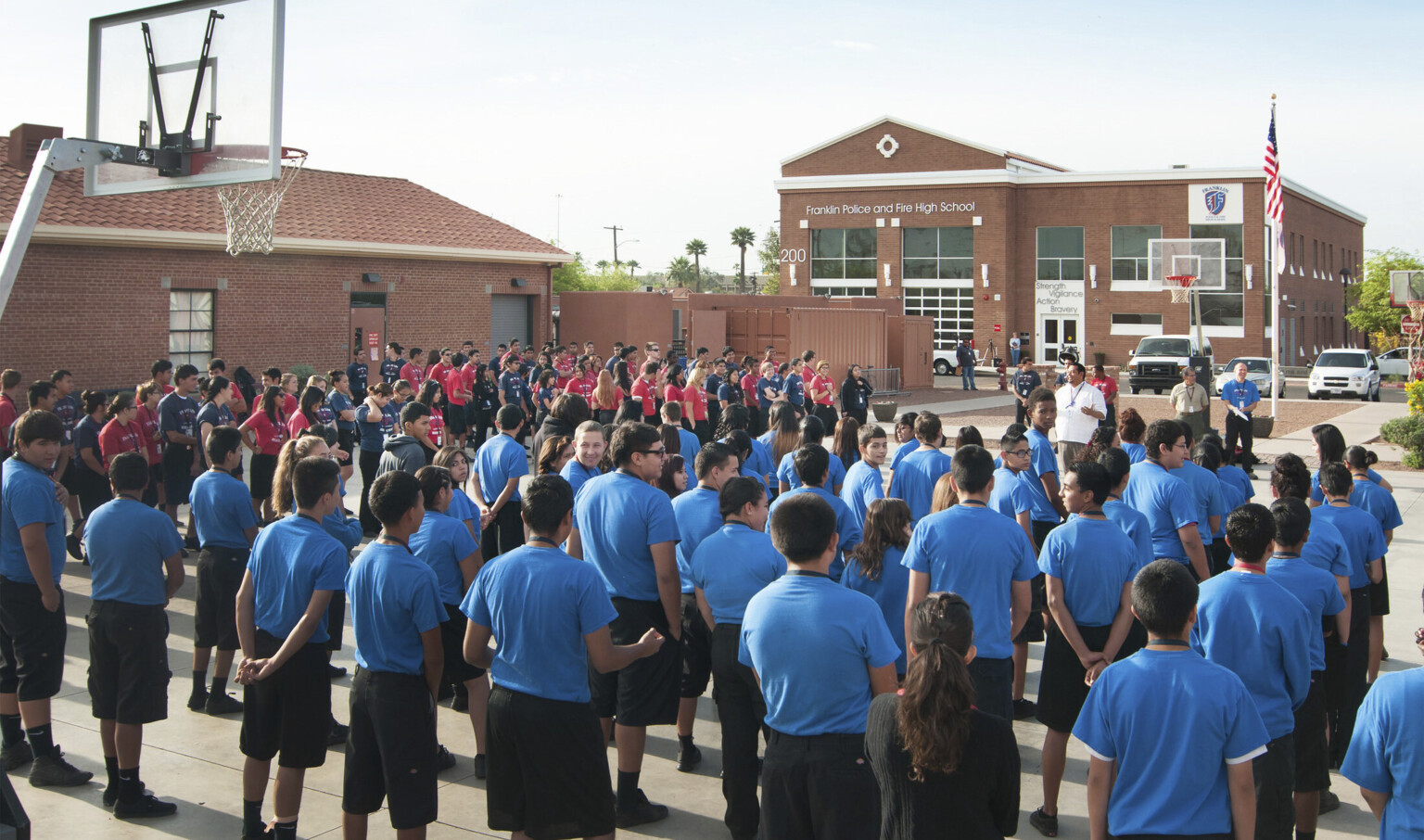
What is your response to community members who say “If the traditional school was good enough for me, it should be good enough for students today?”
I encourage them to step back and look at today’s world, and contrast it with the world they grew up in. Adults today, certainly including me, have no ability to visualize what our world will look like in ten years. We do know that any job that relies on routine or following instructions will be gone. So how do you educate kids for a world we can’t begin to imagine? The keys, I believe, lie in building skillset and mindsets that enable kids to flourish in a world of innovation. Yet most schools push kids to excel at content memorization, replicating low-level procedures, and following instructions, which are precisely the type of activities where machine intelligence excels.
What are the three most progressive ideas you’ve heard after a community viewing?
This is actually the focal point of my new book, What School Could Be. I think the overarching theme is moving from standardized education to creative and differentiated education. We insist all kids learn the same thing, because we have to be able to test them to measure their progress. That’s a recipe for disaster. Instead, the classrooms and schools that excel are ones where students develop deep knowledge, personal agency, essential competencies, and a blossoming sense of purpose.
You’ve partnered with some outstanding organizations, such as EdLeader21, the Stanford d.school, High Tech High, and others, to energize schools and create cultures of innovation. How will these partnerships help districts take the next step and embrace change?
We now offer something we call the Innovation Playlist on our film’s website. By drawing on resources from these partners, we provide any school with a way to embrace innovation, and start taking small steps that lead to big change. It’s an innovation model, in stark contrast to the top-down central planning model that has ruled our education policy for decades.
In your experience, how is artificial intelligence elevating education?
AI will bring enormous benefits in some areas, and will pose real dangers in other respects. A key is organizing learning for our children in ways that reflect what machine intelligence can readily handle for any adult, and concentrate on what is beyond the reach of AI. This does not mean giving all kids tablets to memorize electronic flashcards, which happens a lot in our “innovative” schools. You can have great learning experiences with no technology, as long as you recognize that ready access to vast resources changes what kids need to learn, and which competencies they need to develop. Look no further than the wasteland of grade 7-12 math, where kids study and drill on low-level procedures that a smartphone performs instantly and flawlessly. Yet they leave school with no idea – and I mean no idea – how to ever apply this math to solve real problems. It’s all there because it’s the stuff of standardized tests. Over and over, we teach kids what’s easy to test, not what’s important to learn.
At a recent event in China, more than 25,000 people watched your film and over 5,000 bought the book you wrote with Tony Wagner in two hours! How is the conversation different in China than in the United States? What are communities in China currently doing to reimagine their schools?
What worries me is that people in the U.S. will see the film, read the book I wrote with Tony Wagner, or otherwise think about a reimagined education and say, “We should do that.” In China, they see the film or read the book and say, “We are going to do that.” If the U.S. dawdles, we will be in a world of hurt going forward.
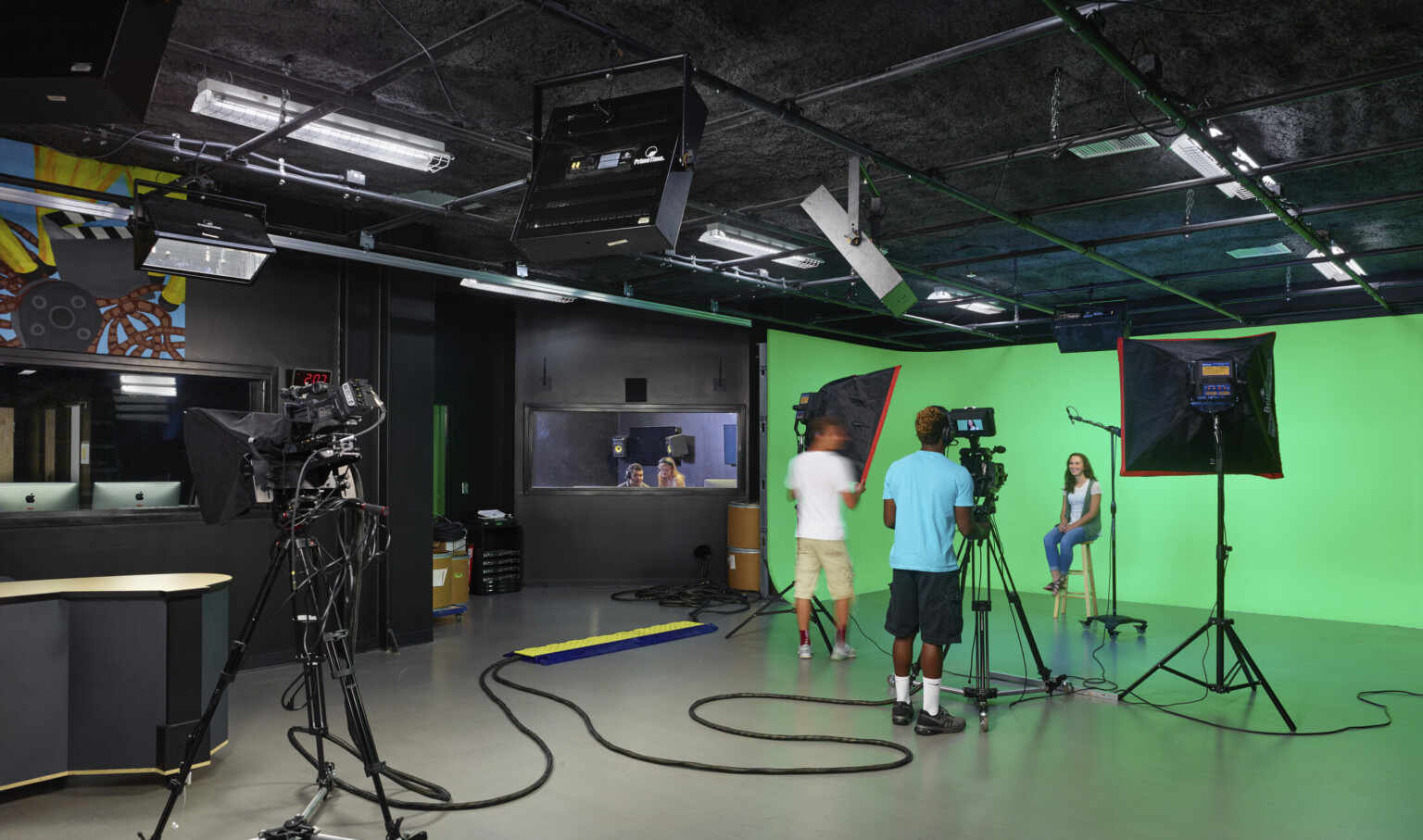
What’s next for you?
I have a new book coming out in April, What School Could Be: Insights and Inspiration from Teachers Across America. And I’m the executive producer of a new documentary that will be out in 2018, School in the Cloud, about TED Prize Winner Sugata Mitra. I continue to spend lots of time in two very different states – North Dakota and Hawai’i – and think they can, in different ways, be beacons for what school could be, and what states can do to effect change at scale. And I am hunkered down, hoping our country can survive what I view as a five-star disaster at the highest levels of our democracy. But I’m motivated by the conviction that if we rally as a community, reimagine what our schools could be, and prepare our kids for engaged citizenship and careers, we could be entering a glorious period.
